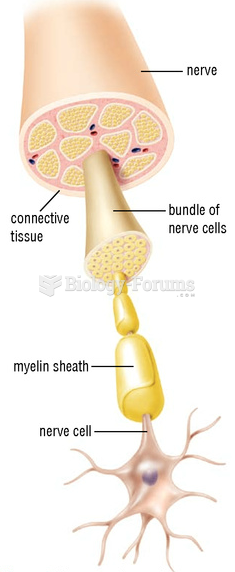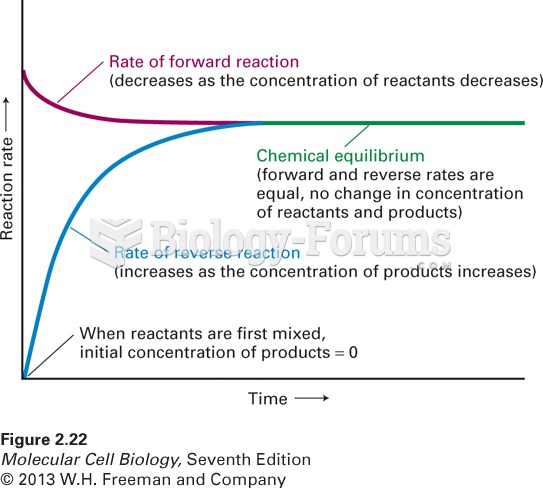|
|
|
Since 1988, the CDC has reported a 99% reduction in bacterial meningitis caused by Haemophilus influenzae, due to the introduction of the vaccine against it.
People who have myopia, or nearsightedness, are not able to see objects at a distance but only up close. It occurs when the cornea is either curved too steeply, the eye is too long, or both. This condition is progressive and worsens with time. More than 100 million people in the United States are nearsighted, but only 20% of those are born with the condition. Diet, eye exercise, drug therapy, and corrective lenses can all help manage nearsightedness.
The first oncogene was discovered in 1970 and was termed SRC (pronounced "SARK").
The heart is located in the center of the chest, with part of it tipped slightly so that it taps against the left side of the chest.
On average, someone in the United States has a stroke about every 40 seconds. This is about 795,000 people per year.







